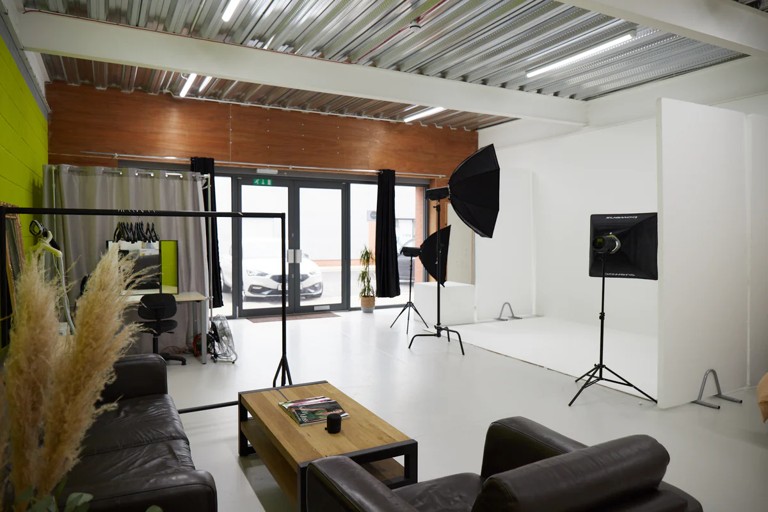Editing with Intention: A Guide to Visual Honesty
As digital manipulation becomes ubiquitous, photographers are pushing for transparency and restraint, focusing on authenticity as a creative and ethical cornerstone in their visual work.

In an era when editing tools can alter a photograph beyond recognition, a quiet movement is emerging among UK photographers — one that values restraint over perfection. ‘Editing with intention’ has become a guiding principle for creators who believe that authenticity, not artifice, gives an image its power. The goal is no longer to impress, but to convey truth with clarity and care.
Modern editing software allows for limitless manipulation, from colour correction to sky replacement. While these tools offer creative freedom, they also challenge ethical boundaries. Documentary photographers in particular have had to navigate the fine line between enhancement and deception. “Every edit is a choice,” says Leeds-based photojournalist Marcus Kwan. “The question is: does it help the story, or distort it?”
In news and editorial photography, credibility remains paramount. Publications such as *The Guardian* and *Reuters* have introduced strict editing policies, permitting only adjustments that reflect the natural conditions of a scene. Saturation, contrast, and cropping are allowed — fabricating content is not. These standards, while traditional, are finding new relevance in a world saturated with manipulated images.
For many visual artists, however, ethical editing does not mean abandoning creativity. Instead, it’s about intention — using colour, light, and composition to evoke emotion while preserving reality. Photographer Amara Lewis, who documents urban regeneration projects across Birmingham, likens editing to writing: ‘It’s not about changing the truth, but choosing how to tell it.’
Workshops across the UK are now teaching responsible editing as part of creative education. Students learn to balance technical skill with visual integrity, understanding how small tweaks can influence interpretation. The movement encourages transparency: many photographers now include ‘edited responsibly’ statements in their portfolios or social posts to promote accountability.
The push for honesty in editing is also reshaping audience expectations. Viewers, increasingly aware of digital manipulation, are demanding authenticity from the images they consume. This shift has inspired renewed appreciation for film photography and minimally retouched digital work — a return to imperfection as beauty.
In the end, editing with intention is less about technical mastery and more about trust. It reminds both photographers and audiences that truth, even when imperfect, holds emotional weight that polished artifice can never match. As the visual world grows ever more synthetic, the most powerful image may be the one that dares to remain real.